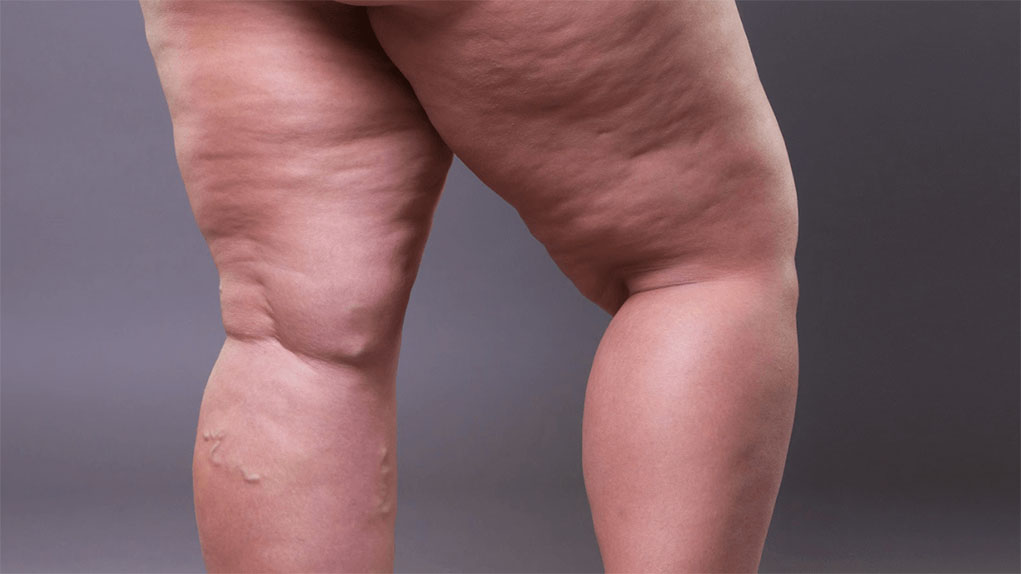ARE FAT LEGS AT PUBERTY AN EARLY SIGN OF LIPEDEMA?
GET DIAGNOSED
Share on facebook
Facebook
Share on twitter
Twitter
Share on linkedin
LinkedIn
Has your teenage daughter been exercising, eating healthy, even losing weight to only be frustrated with extra weight being stored in her legs? Even with weight loss, does her lower body seem unaffected, getting disproportionately bigger than her upper body? It could be due to a condition called lipedema.
Dr. Jaime Schwartz is a board-certified plastic surgeon and founder of Total Lipedema Care (TLC) in Beverly Hills, CA. Dr. Schwartz is recognized as a leading lipedema expert, answering complex questions about this chronic disease and discovering new treatment options to address this painful fat. If you have a teenage daughter who may be showing the early signs of lipedema, read on to learn more about this progressive disorder and what to look for regarding fat accumulation in the lower extremities.
DO I HAVE LIPEDEMA, OR ARE MY LEGS FAT?
Lipedema is a progressive disease characterized by painful swelling in the thighs, legs, buttocks, and in some cases, the upper arms. Due to the abnormal accumulation of fat under the skin, target areas can bruise easily, become swollen, and even be painful to the touch. The most common time women notice the onset of lipedema symptoms is during periods of hormonal shifts, such as pregnancy, menopause, and puberty.
Obesity in girls and women can have similar values without other criteria of lipedema being present, often leading to patients being misdiagnosed as overweight. Lipedema is a progressive disorder that can change the appearance and circumference of the legs following puberty or early adulthood. It is common for lipedema to present as an excessive lower body fat accumulation compared to the upper body, causing patients to develop a “pear-shape” figure.
Some other signs of lipedema legs are:
- Bi-lateral accumulation of fat in both legs
- Legs look large or column-like in appearance
- Accumulated fatty tissue bruises easily and can be sensitive or painful to the touch
- Feet are unaffected by lipedema fat or swelling, leaving ankle cuffs or cankles
WHAT ARE THE CHARACTERISTICS OF “LIPEDEMA LEGS” AS LIPEDEMA PROGRESSES?
While there appears to be a strong hereditary component to this disease among female relatives, there is also a progressive element. Lipedema experts like Dr. Schwartz diagnose patients and offer treatment options as the disease progresses. The various levels of lipedema involve specific characteristics in the legs, both cosmetic and functional, to create a progressively worsening condition when left untreated, which can include:
- Fat accumulation in the legs can begin to look column-like in appearance, unaffected by diet and exercise. The skin is smooth with no visible signs of dimpling or appearance of cankles. Lipedema symptoms, like swelling and at-times painful discomfort, can be controlled with compression garments or elevating the legs.
- Swelling in the legs can last longer, even with elevation or wearing compression garments. Uneven skin patterns can develop with subcutaneous fat buildup, causing them to look lumpy or have a cobblestone-like pattern. Lipomas may also develop in the legs, which are marble-size or larger benign tumors at the skin’s surface.
- If left untreated, lipedema fat in the legs can become extremely heavy as it expands, decreasing mobility and causing joint pain. Fat accumulation also hardens, making legs feel “knotty” to the touch, involving large growths of nodular fat around the thighs or knees. Liposuction, compression garments, and other medical therapies may be necessary to relieve painful fat and decrease swelling in the legs.
- Painful discomfort and swelling in the legs only worsen, while patients endure more dermatological issues with heavy, large folds of skin on the legs causing rashes or severe skin infections. While extensive hardening and swelling increases, pitted edema or an intense fluid retention symptom is present in the target areas, leaving an indentation when pressure is applied to the legs or lower extremities.
ARE YOU CONCERNED ABOUT LIPEDEMA SYMPTOMS IN YOUR TEEN?
With the potential onset of lipedema, featuring fat legs at puberty or at any point in a woman’s life, this disease can progress with aesthetic changes, levels of tenderness, and fat accumulation. From early onset to more severe lipedema symptoms, this disease is a lymphatic medical condition and should not be overlooked or dismissed as an obesity issue. While there is currently no cure, there are treatment options provided at care centers like Total Lipedema Care in Beverly Hills, CA. Dr. Schwartz can help patients improve the appearance of their lipedema condition and manage the painful fat and other symptoms before it develops into a more life-threatening, debilitating condition.
Board-certified plastic surgeon Dr. Jaime Schwartz and the team at Total Lipedema Care strive to give their patients treatment options and answers when struggling with this complex disease. They are dedicated to providing a better quality of life for girls and women of all ages who are learning to live with this medical condition. Are you concerned your teenager has lipedema legs or other symptoms relative to this disease? Please contact our Beverly Hills, CA office, and schedule a one-on-one consultation with lipedema expert Dr. Schwartz today.

